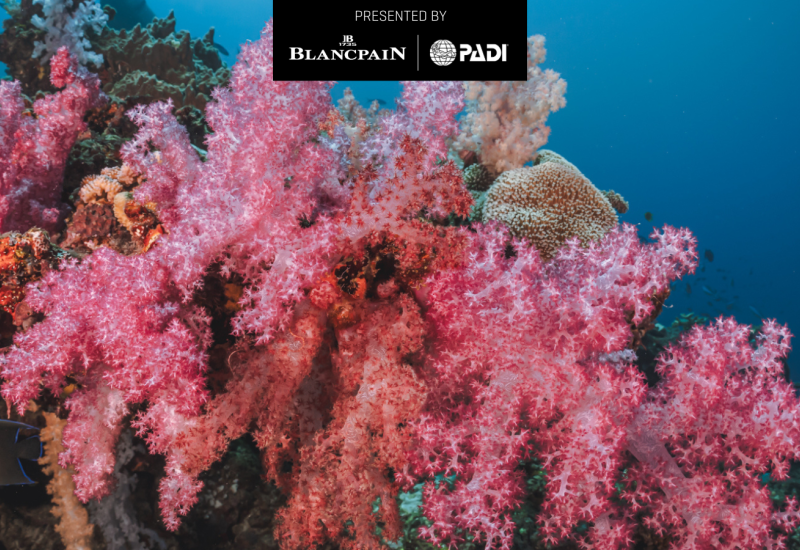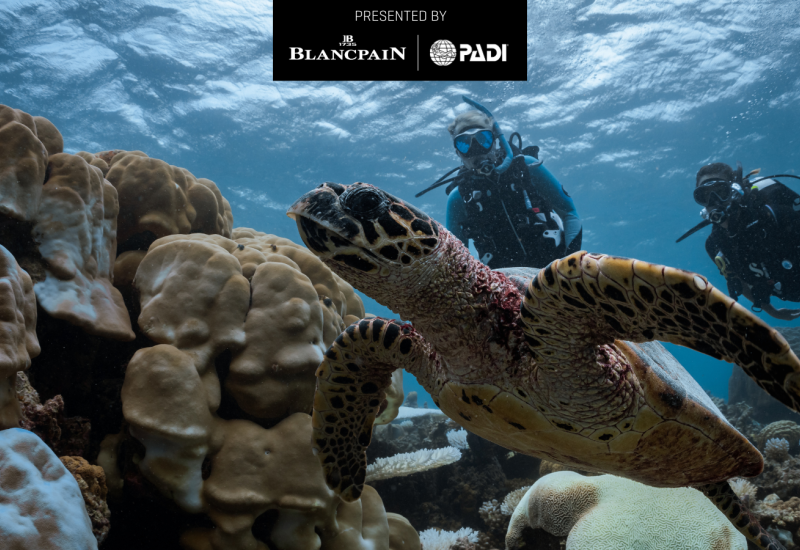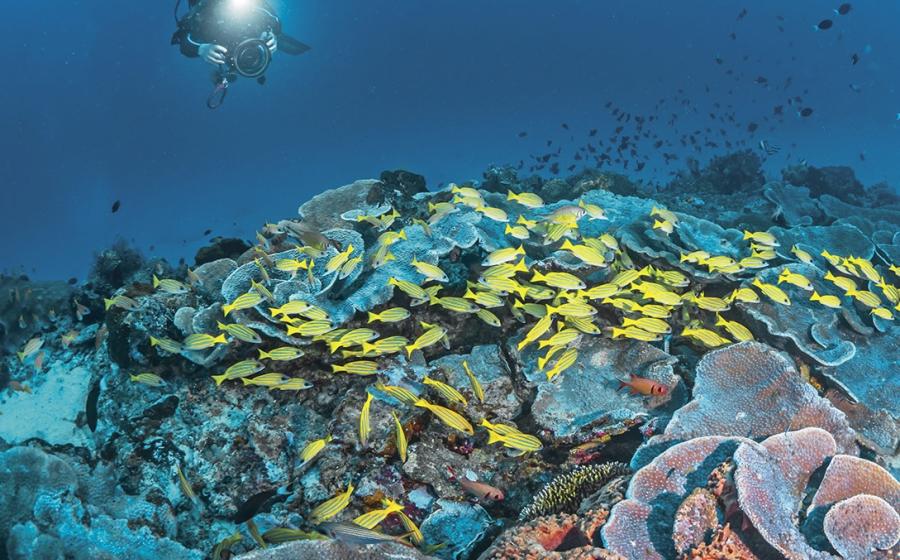Dangerous Jobs: Diving With Alligators and Crocodiles
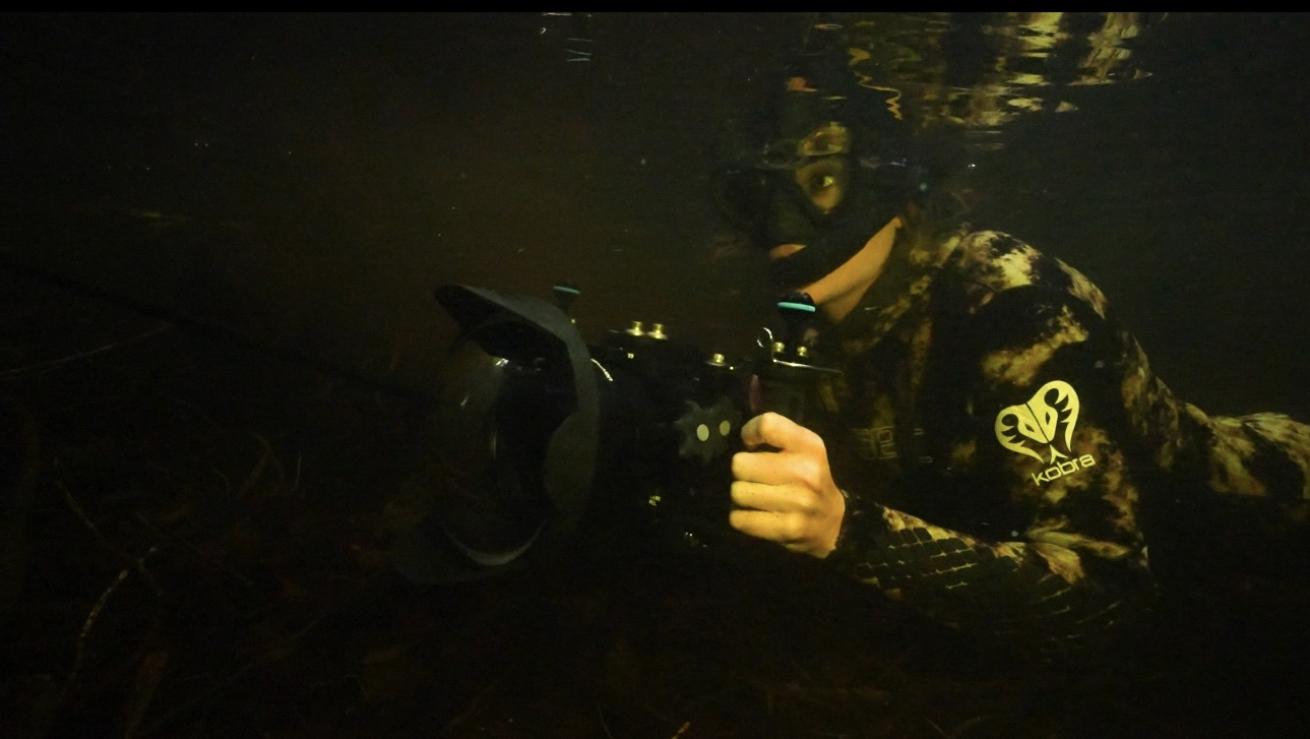
Courtesy Janelle Van RuitenHerpetologist Rosie Moore in the field.
Hailed by the New York Post as “the world’s sexiest scientist,” Rosie Moore divides her time between modeling and studying herpetology—the field of crocodiles, alligators and snakes. She got her start scuba diving in Florida thanks to her police search-and-rescue-diver father. Today, she’s more likely to freedive on the job, but off the clock, she’s equally likely to seek experiences in the wild with snakes and in the water with sharks.
Question: How did you get into studying alligators and crocodiles?
Answer: I’d always wanted to work studying sharks, but after college, I couldn't find a full-time job in that field. Instead, I found an ad for a herpetology lab, studying snakes, turtles and crocodiles. When I interviewed, the manager told me this is one of the most dangerous lab jobs in America. That was 2019. I’ve been at this for 5 years.
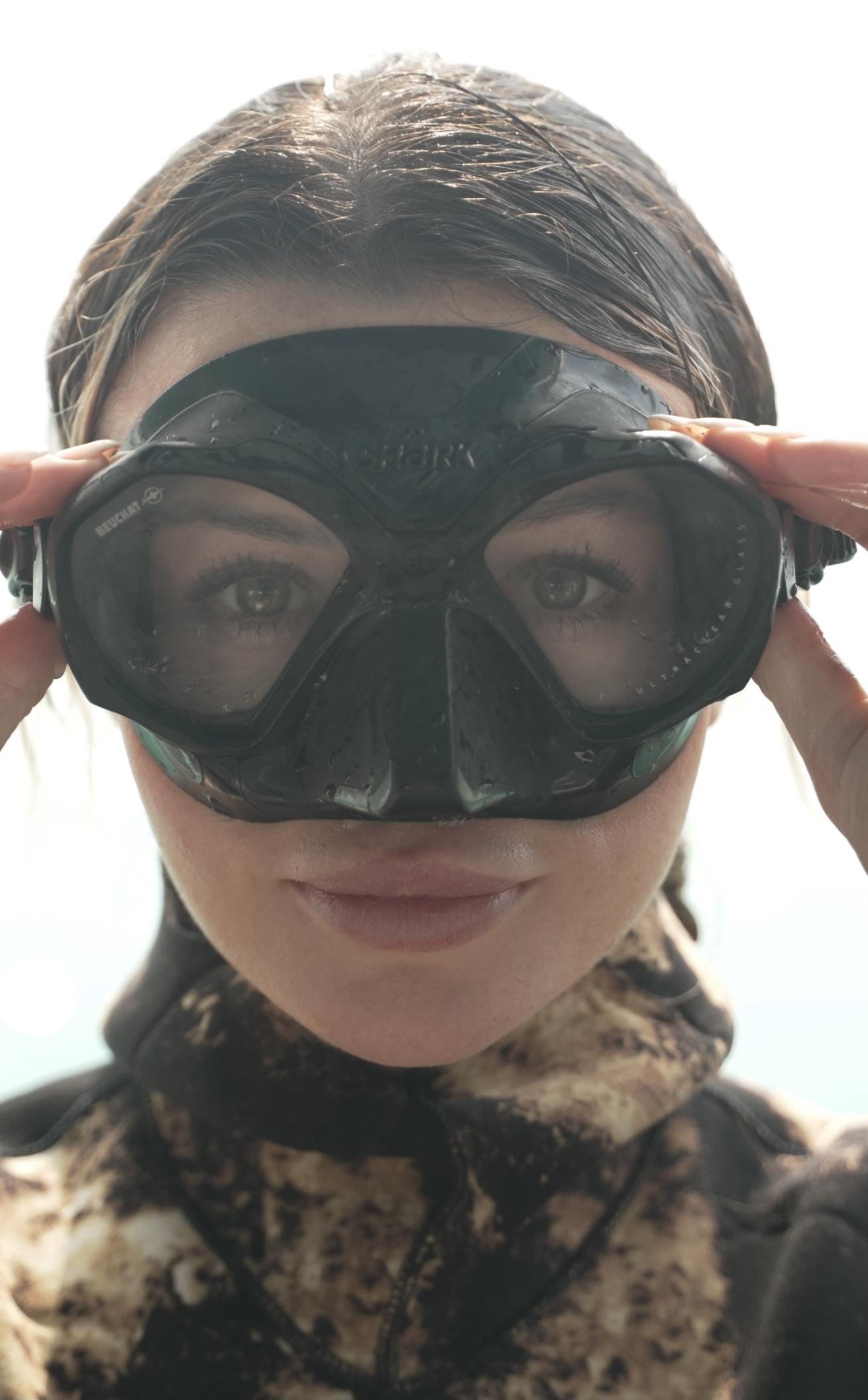
Courtesy Mike OmalleyPortrait of Rosie Moore
Q: What does the job entail?
A: The work varies. Sometimes we go out in airboats in the middle of the night, finding gators, taping them up and collecting samples for research. We also do population surveys where we swim a transect and record the species we see.
Q: Do you dive a lot for work?
A: We don't really scuba dive for our job. With research jobs, it’s more common to freedive to collect samples. The boats we use are so small. The logistics necessary to bring dive gear are almost impossible, especially in these remote areas. I’ve been freediving in Belize to study endangered Hickatee turtles—they’re really cute—and in the Everglades a lot as well.
Q: You’ve been diving a lot in the ocean. How does freediving in the Everglades compare?
A: It took me a while to get used to it. The first time, I really had to psych myself up to get into the water. It’s super low visibility. From the surface, the water looks clear, but as soon as you get in, you realize it’s not.
Q: Is it as pretty as diving in the ocean?
A: It can be. The vegetation in some areas is absolutely gorgeous. But when you’re in the water, the danger aspect is so much higher than in the ocean. It’s never a relaxing dive. You’re happy when you get out, thinking, ‘Well, that went well.’
Q: How does diving with alligators compare to diving with sharks?
A: Diving with crocodiles is 10 times more dangerous than diving with sharks. You can’t push a gator away like you can a shark. If a croc or gator bites you, it will clamp down and roll you. It’s so sketchy.
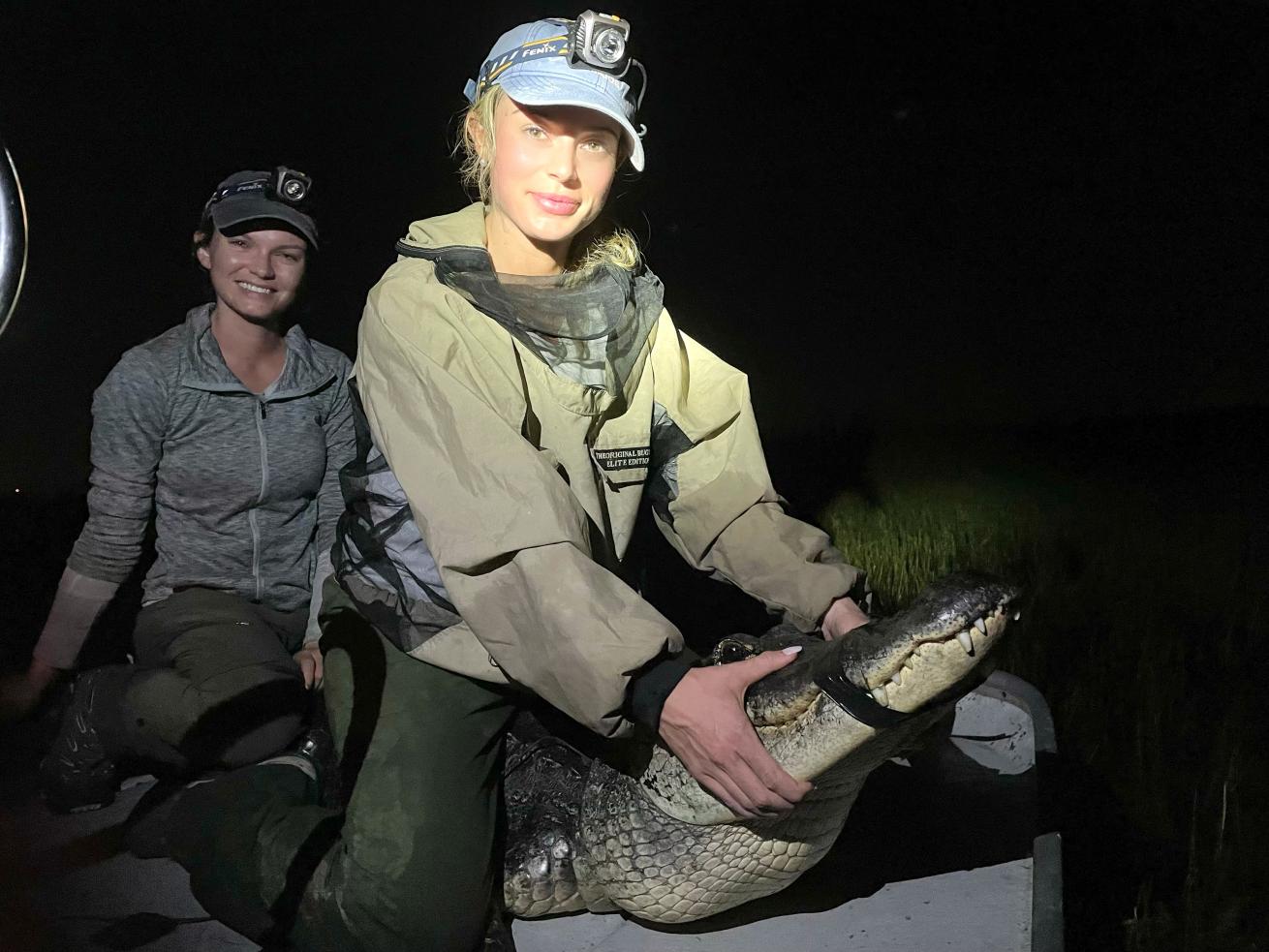
Moore conducting fieldwork on an American Alligator.
Q: What’s the most dangerous situation you’ve faced?
A: We were running late and didn’t start the in-water population surveys until 2 hours before sunset. All of a sudden, we heard movement. An 8-foot female alligator was coming full force at us. We couldn’t get out of the water fast enough. Luckily, that has been the only time I’ve been charged by a gator. It happens because sometimes females are very territorial over their nests.
Q: Is the work you do something any diver could take on?
A: Perhaps. Last weekend, I went with two friends, both of whom had backgrounds in shark diving, and it was their first time doing this kind of work. When you’re with other people, the best strategy is to form a line, shoulder to shoulder. Gators are ambush predators, so if they see you, they won’t attack. My friends were really freaked out. One completed the survey with us, but the other bailed.
Related Reading: 7 Epic Surface Interval Adventures for Liveaboard Divers
Q: Does diving with gators get easier?
A: I’ve been around them so much that I’ve learned to predict their behavior. For example, when you see one take a defensive stance and growl, that’s territorial behavior and diving with that animal wouldn’t be safe.
Q: You share a lot of your work with snakes on your Instagram, @rosiekmoore. What do you want people to know?
A: Here in the U.S., I want to push coexistence. Too often, people want to go out and kill predators like gators and snakes. I’ve heard people say that “the only good snake is a dead snake.” In this country, the fatality rate from these animals is next to nothing. There’s a lack of education. I want to show that it’s cool to like and coexist with snakes, not kill them on sight. It’s especially important when you consider that people encounter snakes far more commonly than sharks.
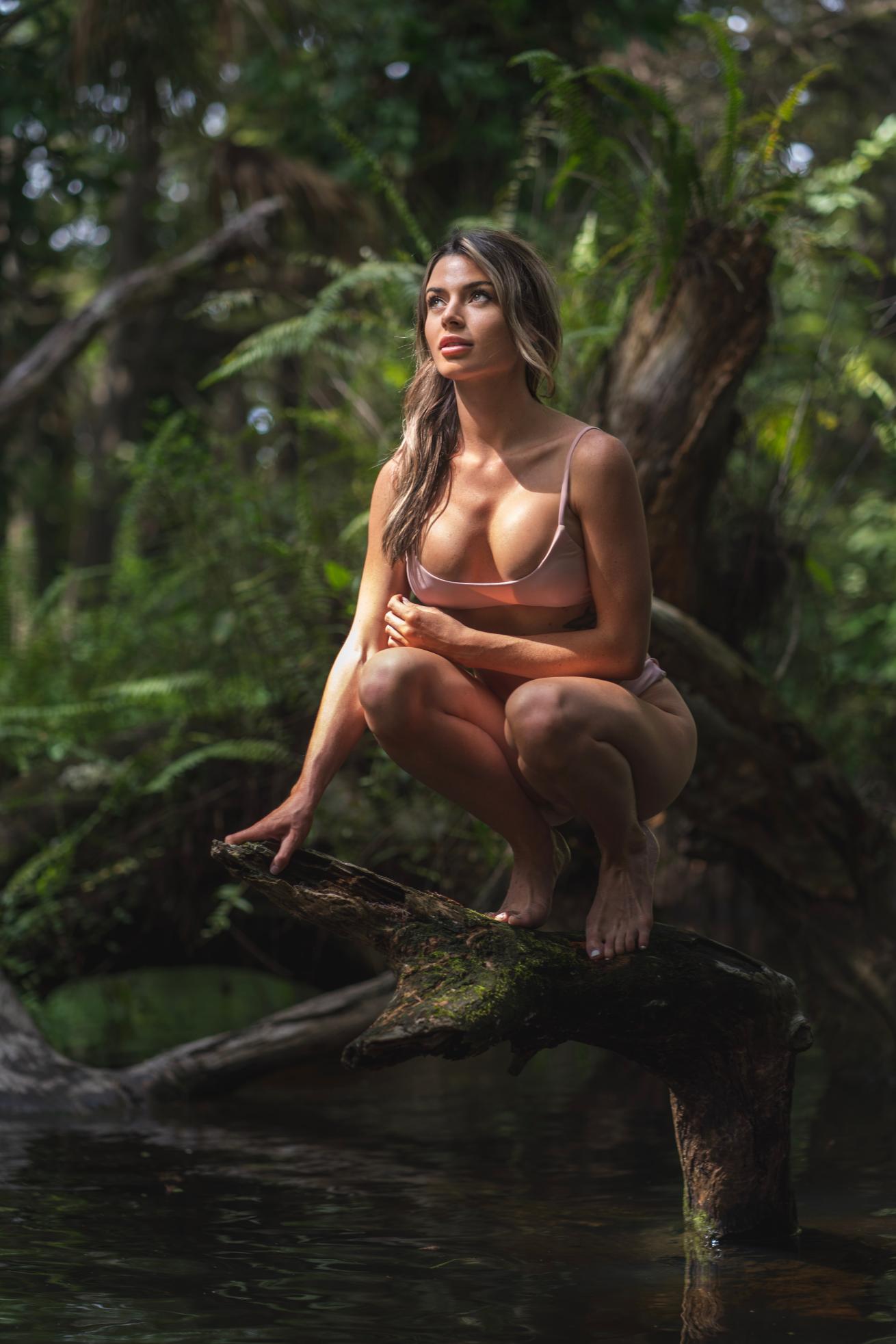
Courtesy Mike OmalleyMoore modeling for a swimwear company.
Q: You’ve started a nonprofit. Tell us about that.
A: It’s the Snake Conservation and Bite Awareness Foundation, and the focus is to raise funds and awareness to support solutions for the health crisis surrounding the availability of anti-venom. In some areas we work, the cure too often is nothing more than herbal remedies and folklore. That isn’t working. In addition to education, we’re also working on anti-venom distribution.
Q: What should people know about anti-venom?
A: In places like India, 58,000 people die from snake bites every year. This is a huge issue for two reasons. One is the presence of what they call the “big four,” which are the deadliest species: the Indian cobra, the saw-scaled viper, Russell’s viper and the common krait. Second, developing areas have far less access to anti-venom. This is a huge health concern.
Q: What about here in the States?
A: We don’t have this issue. We don’t have these high-priority snakes. Then consider that our healthcare system in general has greater access to anti-venom. If you were to be bitten by a snake here, odds are it would take hours before you’d see any impact, which allows plenty of time to seek care.
Q: Tell us about your modeling career.
A: It definitely helps me get my message out. When my Instagram first blew up, there were articles calling me the ‘world’s hottest scientist.’ At first, I wasn’t sure how I felt about it. But it has definitely drawn people to my page who probably would never be into all this stuff otherwise.
Related Reading: Cabo’s Other Wild Side: Swimming with Blue and Mako Sharks
Q: So where does someone like you dive for fun?
A: I don't like to vacation anywhere unless I can scuba or freedive, or unless there are cool snakes or reptiles that I can interact with. I was just at the island of Fuvahmulah in the Maldives to freedive with sharks. They have a spot where up to 40 tiger sharks gather. That was wild. The tiger sharks there were really well behaved compared to those in Florida. They were far less likely to charge, which I attribute to the feeding practices. In the Maldives, they hide tuna heads under rocks, so that led to different behavior and kept the sharks away from us a little more.
Q: Do you think your future is in herpetology?
A: It is my absolute passion. I thought I was passionate about sharks, but now that I can't imagine doing anything else. I find snakes and gators so interesting. Plus, this field is less explored. They are still finding new snake species.

